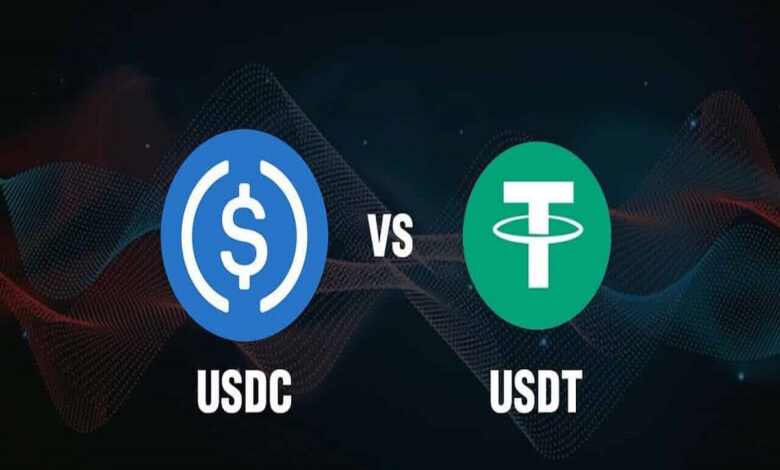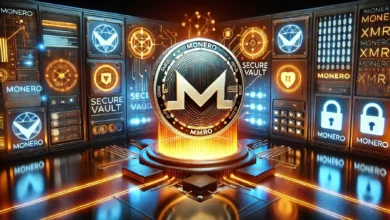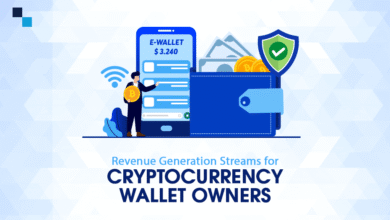How to Swap USDT for USDC Using Cross-Chain Technology

Swapping between different stablecoins has become a common need for crypto users. Whether you want to move from USDT to USDC for specific platform requirements or portfolio diversification, the process should be straightforward and cost-effective. This guide explains how to make this swap using modern cross-chain technology that handles the technical complexity for you.
Understanding Cross-Chain Swapping
Traditional cryptocurrency exchanges often require you to create accounts, complete verification processes, and deal with withdrawal limits. Cross-chain swapping platforms offer a different approach. They connect directly to your wallet and allow you to exchange tokens across different blockchain networks without creating accounts or going through lengthy setup procedures.
Symbiosis represents one approach to this technology. It works as a multichain protocol that can find and execute swaps across multiple blockchain networks automatically. When you want to exchange tokens, the platform searches for the most efficient route across various networks and executes the trade.
Why Choose Automatic Route Selection
The main advantage of using automated routing systems lies in their ability to handle complexity. Instead of manually researching which networks offer better rates or lower fees, the system does this work for you. It compares different paths across supported blockchains and selects the option that provides optimal speed and cost efficiency.
This automation saves time and reduces the chance of making costly mistakes. New crypto users particularly benefit from this approach because they don’t need to understand the technical differences between various blockchain networks or worry about choosing the wrong path for their transaction.
Benefits of Swapping USDT to USDC Through Cross-Chain Platforms
When you USDT to USDC through cross-chain platforms, several advantages become apparent:
Direct Wallet Integration: You maintain control of your funds throughout the entire process. The platform connects to your existing crypto wallet, whether it’s MetaMask, Trust Wallet, or another popular option. Your tokens never leave your control until the exact moment of the swap.
No Registration Required: Unlike centralized exchanges, you don’t need to provide personal information, complete KYC procedures, or wait for account approval. You simply connect your wallet and start trading immediately.
Multiple Network Support: These platforms typically support numerous blockchain networks. For USDT, this includes popular networks like BNB Chain, Arbitrum, Polygon, and Tron (TRC20). Each network offers different advantages in terms of transaction speed and cost.
Understanding USDT Network Options
USDT exists on multiple blockchain networks, each with distinct characteristics. The TRC20 version on the Tron network has gained significant popularity due to its fast transaction speeds and low fees. Tron transactions typically complete within seconds and cost less than a dollar, making it attractive for frequent traders and those moving smaller amounts.
You can verify USDT transactions on the Tron network using TronScan, which provides detailed information about transaction status, fees, and block confirmations. This transparency helps users track their swaps and understand the underlying blockchain activity.
Other networks like Ethereum offer stronger security guarantees but come with higher transaction fees, especially during periods of network congestion. BNB Chain and Polygon provide middle-ground options with reasonable fees and good security properties.
USDC’s Multi-Network Availability
USDC has established itself as one of the most widely distributed stablecoins in the cryptocurrency ecosystem. It operates on over 20 different blockchain networks, making it extremely flexible for users who need to interact with various DeFi protocols or centralized services.
This broad availability means you can receive USDC on one network and use it on another, depending on your specific needs. For example, you might swap USDT to USDC on Polygon for low fees, then bridge the USDC to Ethereum to participate in a specific DeFi protocol.
Security Considerations
When using any cross-chain swapping service, security should remain a top priority. Look for platforms that use established smart contracts with proven track records. Check that the platform has undergone security audits from reputable firms and maintains transparency about their technical architecture.
Never share your private keys or seed phrases with any platform. Legitimate cross-chain swappers only need permission to access specific tokens in your wallet, not complete control over your funds.
Getting Started with Cross-Chain Swaps
The process typically involves these steps:
Connect your wallet to the swapping platform using the wallet connect feature. Select USDT as your input token and choose which network you’re swapping from. Select USDC as your output token and choose your preferred destination network. Review the proposed route, including estimated fees and completion time. Confirm the transaction in your wallet.
The platform handles the complex routing and execution automatically. You simply wait for the swap to complete and receive your USDC tokens.
Cost Optimization Tips
To minimize costs when swapping between stablecoins, consider the networks you’re using. Swapping from USDT on Tron to USDC on Polygon will typically cost less than swapping between tokens on Ethereum. However, make sure the destination network aligns with your intended use case.
Monitor network congestion levels, as fees can vary significantly based on demand. Some platforms display current network conditions to help you choose optimal timing for your transactions.
Cross-chain swapping technology has made moving between different stablecoins much simpler than traditional methods. By automating the technical complexity and supporting multiple networks, these platforms provide accessible tools for managing cryptocurrency portfolios across different blockchain ecosystems.




